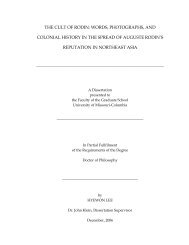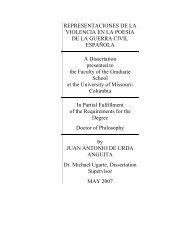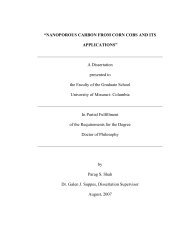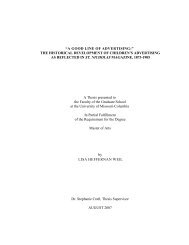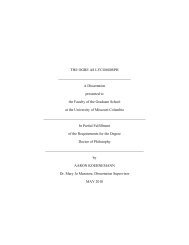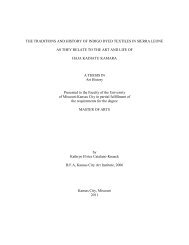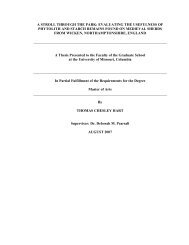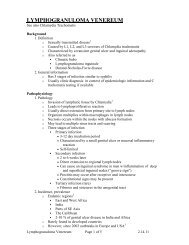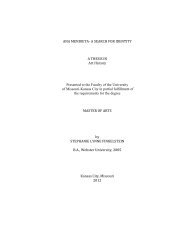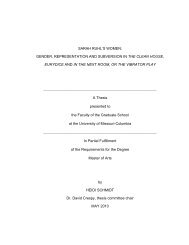Social Construction of Reality - Bad Request
Social Construction of Reality - Bad Request
Social Construction of Reality - Bad Request
You also want an ePaper? Increase the reach of your titles
YUMPU automatically turns print PDFs into web optimized ePapers that Google loves.
Data Collection Strategies<br />
This study involved data collection in several forms: gathering <strong>of</strong> pertinent<br />
documents, archival data, long and short interviews, electronic surveys, and, potentially,<br />
a follow-up review <strong>of</strong> literature. All interviewees were informed that the information<br />
obtained was for the evaluation <strong>of</strong> The School District’s program evaluation process with<br />
the intention <strong>of</strong> creating a transportable, site-specific model for program evaluations<br />
within The School District in the future. Prior to the start <strong>of</strong> research, a letter requesting<br />
permission to conduct the study within The School District (Appendix B) was sent to the<br />
superintendent. A letter <strong>of</strong> consent was obtained from the superintendent. All<br />
stakeholders were informed that any information gathered was used for the purposes <strong>of</strong><br />
this research study; each signed an agreement <strong>of</strong> informed consent (Appendix C). Five<br />
data collection mechanisms were used (Figure 7).<br />
Long interviews. The researcher developed interview questions for the primary<br />
intended user (Appendices D and G). Two interviews, taking approximately 60 minutes<br />
each, were undertaken and digitally recorded. A research assistant transcribed the<br />
recording. Member checking <strong>of</strong> the transcripts occurred. Revisions were made, as called<br />
for, as a result <strong>of</strong> the member check. None <strong>of</strong> the revisions required more than revising a<br />
few words that the transcriptionist misheard.<br />
Document analysis. The No Child Left Behind Act <strong>of</strong> 2001, Missouri School<br />
Improvement Program (MSIP)- Cycle 4, The School District’s board policy, and The<br />
School District’s vision, mission, and goals were gathered.<br />
Archival data. The program evaluation data and material generated from The<br />
School District’s full-scale evaluation pilot was used.<br />
51



